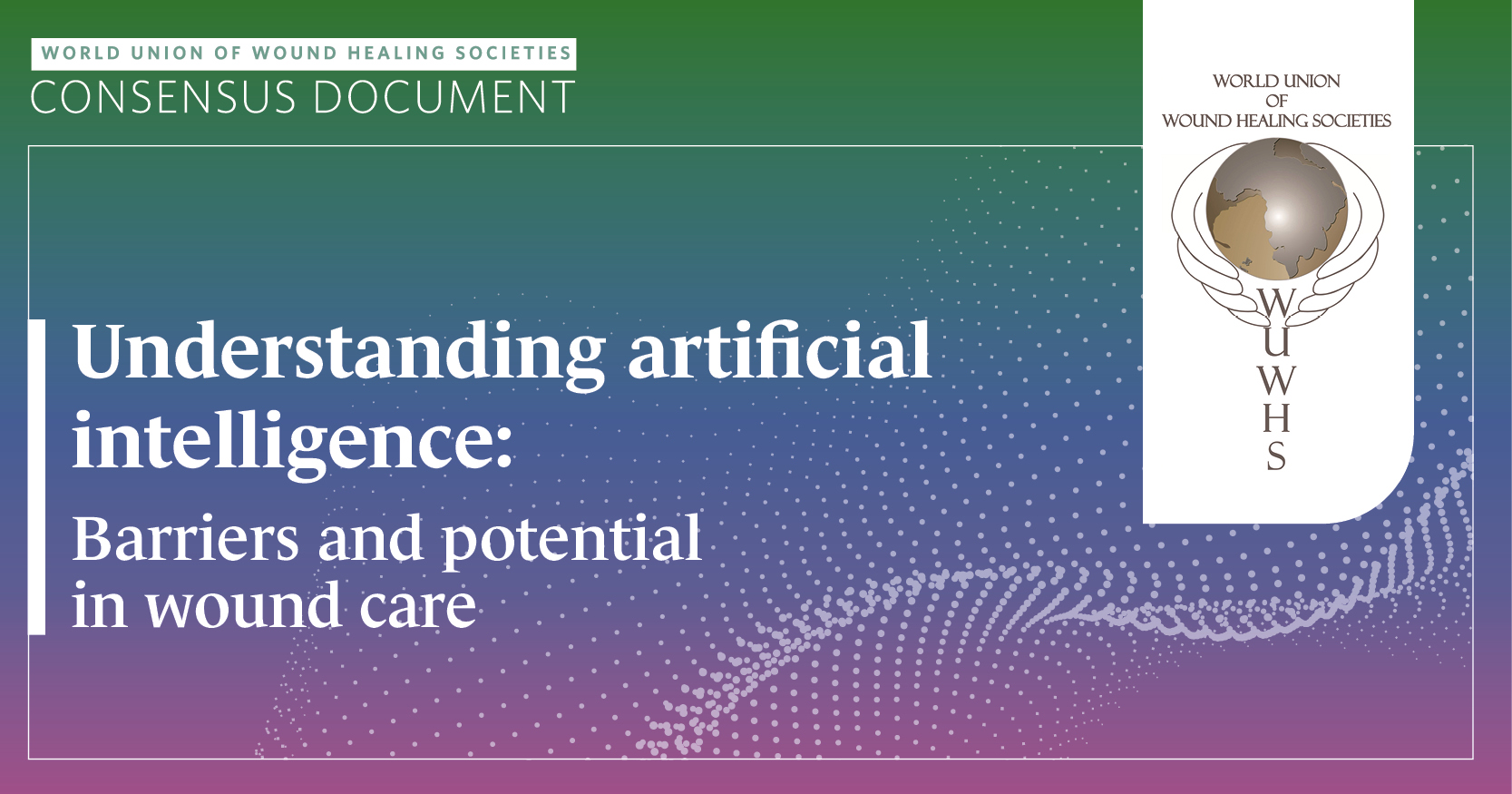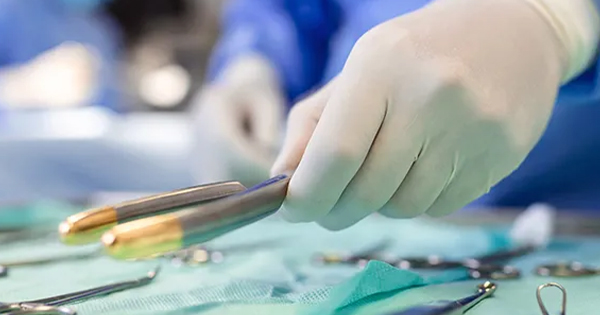Widespread use of the electronic health record (EHR) has led to the collection of vast amounts of clinical data that, if harvested, could guide us. Should we endorse it in wound care? Could it improve our assessments? Guide our management?
Looking at prediction of pressure ulcer risk in the critically ill, the Braden scale is known to not capture variables seen with critical illness. Alderden’s et al (2018) data using records from 28,395 patients with a 4.9% incidence of hospital-acquired pressure ulcers concluded that five variables taken directly from the medical record were predictive. In descending order, the variables were: body mass index, haemoglobin level, creatinine level, time required for surgery and age. The variables deemed not important included perfusion. Perfusion was measured as use of vasopressor infusions, oxygenation and hypotension.
Using a different approach to data analysis, Anderson et al (2021) reported that the primary risk predictors of orthopaedic patients include length of surgery, length of stay, and Braden friction and shear, whereas, patients within the urology service have creatinine value, surgical time and diastolic blood pressure (during surgery) as primary predictors of PI development. So is there a consistent model? Are we just as well off using a generic risk assessment tool?
How about Artificial intelligence (AI) for wound healing? Monitoring changes in wound surface area over several weeks is a critical metric for evaluating the effectiveness of therapeutic interventions. However, many electronic records do not track change over time. Very simple additions to the electronic medical record could alert the provider when the wound had stalled at 2 weeks of time or increased in size at any point in time.
Similarly, the assessment of wound tissues using Convolutional Neural Network (CNNs) has been shown to precisely outline the wound area in the image and isolating the necessary components for analysis (Chen et al, 2024). To enhance the quantitative analysis of skin wound histology, Jones and colleagues (2021) developed a CNN capable of automatically calculating parameters such as wound depth, wound width, as well as the thicknesses of epidermal and dermal layers, and the percentage of re-epithelialisation. Adding a feature of notification of negative changes in the wound at 2 weeks could guide change in topical treatments. For example, “this wound has not reduced the area of slough in 2 weeks. Do you want to consider changing the treatment? List of possible options …
AI encompasses computer algorithms designed to mimic human cognitive function. The advantage of AI is that it combines the cognitive function of experts rather relying on one individual with variable expertise. Since the 1970s, AI technologies such as machine learning (ML), neural networks, semantic recognition, and histological and radiological image analysis have become integral to the medical field, substantially enhancing the diagnosis and treatment of diseases. In an area as difficult as wound care, it is foolish not to embrace every tool at our fingertips and guide their development from the forefront.




